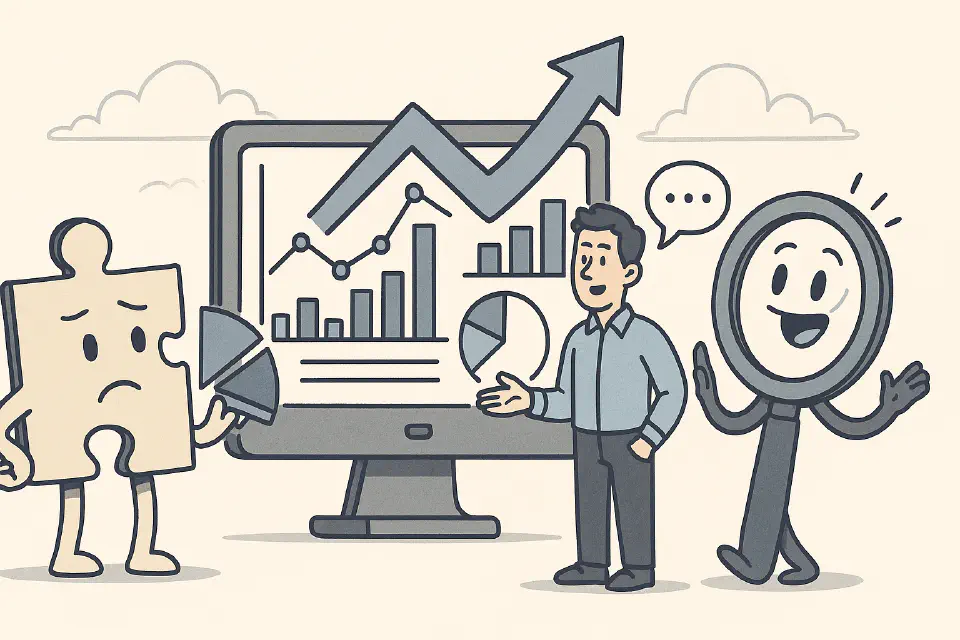
Lifecycle Analytics & Continuous Improvement
HR shouldn’t run on instinct alone. With the right data, every lifecycle phase becomes a chance to learn, adapt, and lead better.
The employee lifecycle isn’t just a series of processes — it’s a source of insight.
From hiring data to exit interviews, every phase of the lifecycle offers valuable signals.
The challenge is turning those signals into continuous improvement.
Let’s explore how.
What Is Lifecycle Analytics?
It connects:
- Recruitment efficiency
- Onboarding effectiveness
- Learning impact
- Engagement trends
- Retention patterns
- Exit insights
Why It Matters
Lifecycle analytics helps HR:
- Move from reactive to proactive
- Spot patterns before they become problems
- Show the ROI of people programs
- Gain strategic influence with data
Metrics to Track by Phase
| Phase | Key Metrics |
|---|---|
| Hiring | Time to hire, source quality, offer acceptance |
| Onboarding | Time to productivity, 30/60/90-day retention |
| Development | Training completion, promotion rates, engagement |
| Performance | Goal completion, feedback frequency, manager rating |
| Retention | Turnover by tenure/team, internal mobility |
| Exit | Voluntary vs. involuntary, exit interview themes |
Tools and Systems
- HRIS (e.g. HiBob, BambooHR, Personio)
- ATS reporting (Greenhouse, Lever)
- Learning platforms (LMS dashboards)
- Engagement survey tools (CultureAmp, Peakon)
- BI dashboards (Power BI, Tableau, Looker)
How to Build a Continuous Feedback Loop
- Capture – Data from systems, surveys, and conversations
- Connect – Link metrics across the lifecycle
- Contextualize – Ask why, not just what
- Act – Translate insight into experiments or improvements
- Reassess – Measure change over time
Example Loop:
- Exit interviews show burnout →
- Cross-check with engagement survey fatigue signals →
- Identify manager teams with high workloads →
- Launch pilot on workload redesign →
- Measure impact on engagement and retention
HR Capabilities Needed
- Analytical skills and tools literacy
- Data storytelling (translate insight for leaders)
- Collaboration with IT, finance, business partners
- Psychological safety to surface hard truths
Common Mistakes
- Tracking too many metrics (signal vs. noise)
- Reporting without action
- Lack of context or benchmarks
- Data silos across tools or teams
Final Thought
The best HR teams don’t just run the employee lifecycle — they learn from it.
Analytics helps turn experience into strategy, and feedback into advantage.
📘 End of Section: This completes the Employee Lifecycle series.
Next: Employment Types — how different contract types shape the employee experience.
📂 Categories:
HR Essentials